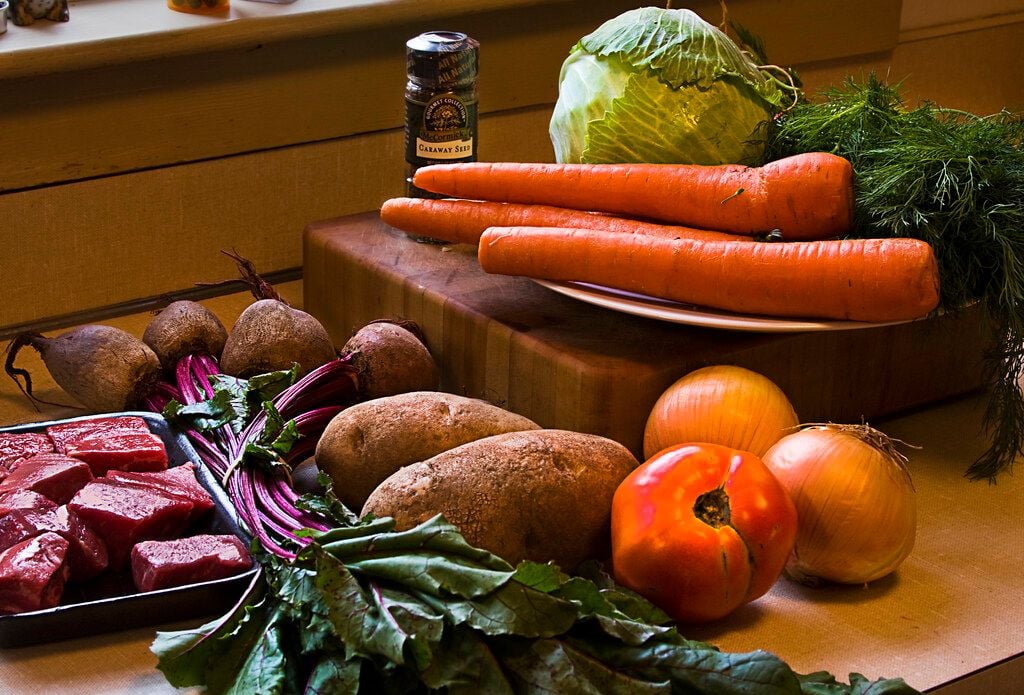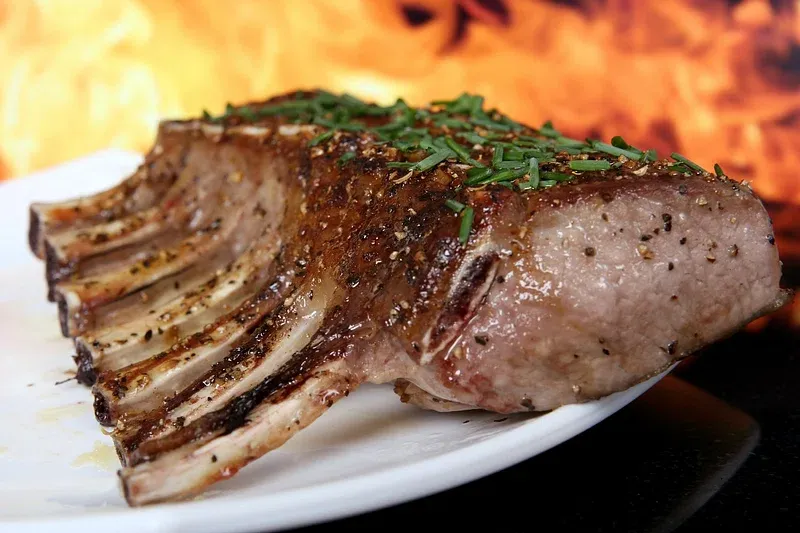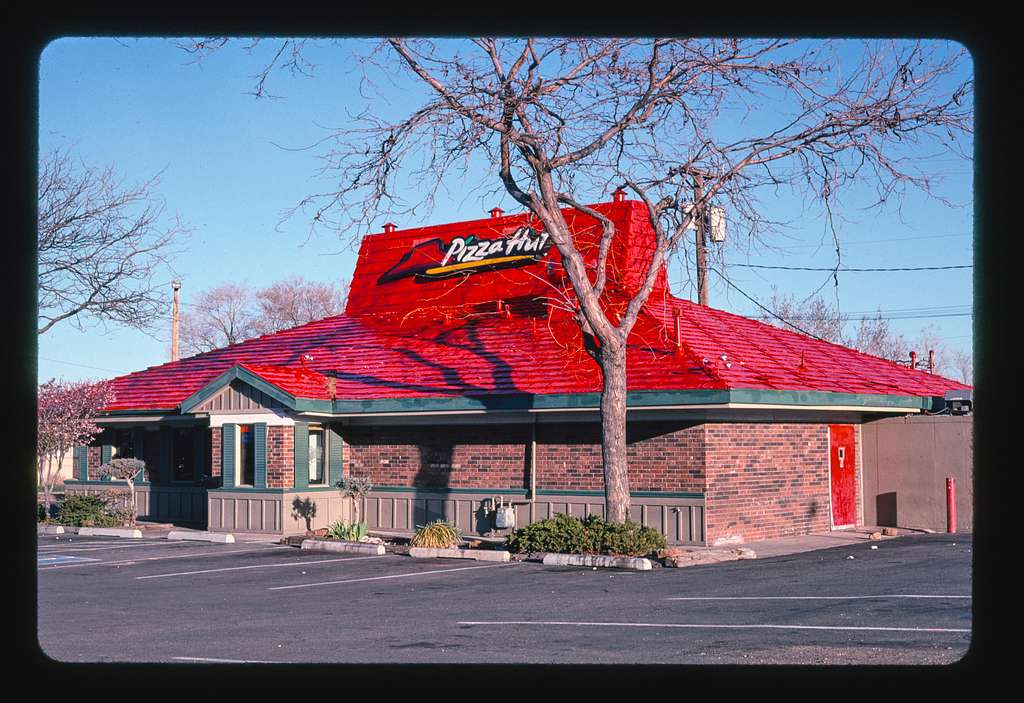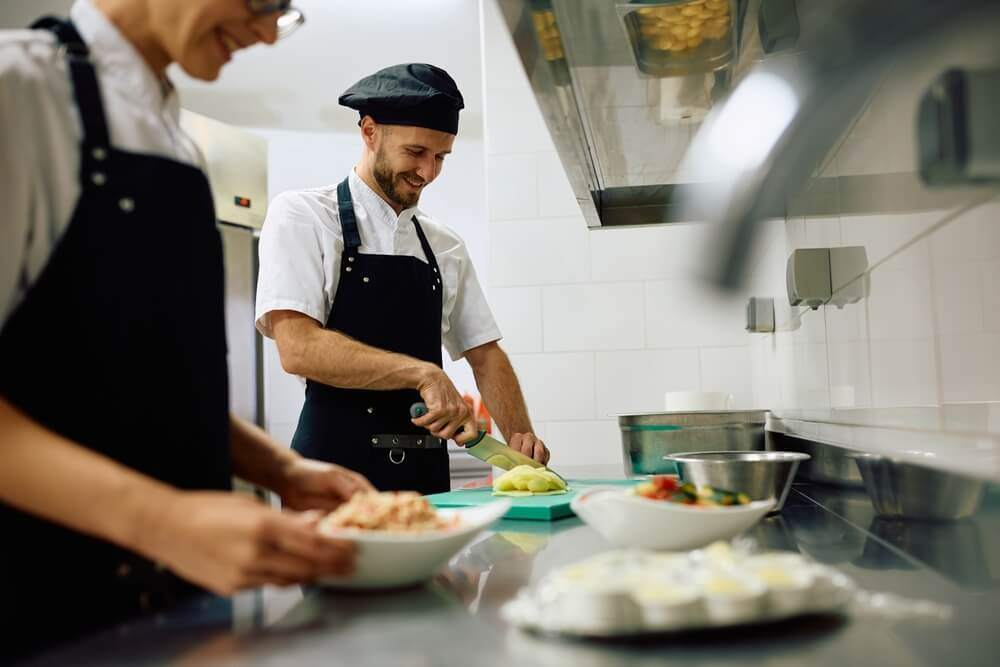
Cuban Sandwich Showdown: Miami vs Tampa
- Jul 15, 2024
The Cuban sandwich, a mouthwatering delight marrying flavors of Cuban bread, slow-roasted pork, wafer-thin slices of ham, gooey Swiss cheese, tangy dill pickles, and a spread of golden mustard. According to Bárbara Cruz, co-writer of "The Cuban Sandwich: A History In Layers", don't overlook the significance of a light brushing of butter gracing the bread's exterior sine it adds that extra, valuable touch. Remember, always cut the sandwich on the bias, Cruz insists.
Often referred to as Cubano, or a mixto due to the meat and cheese combination, the sandwich initially sailed over from Cuba and docked in Tampa's historic Ybor City. It was there, in the late 1800s, that it became a popular snack for the local cigar workers before it migrated to Miami. This tale gives Tampa's West Coast a claim to the sandwich as their signature dish. A claim that was officially endorsed in 2012 when Tampa declared the Cuban Sandwich as their "Historic" signature dish. A statement that Miami mayor, Tomas Regalado, took issue with stating that, "if my abuela saw salami in a Cuban sandwich, she'd do the sign of the cross and say that's a sacrilege."
But is there honestly a single authentic version of the Cuban sandwich? Cruz doesn't believe so, cherishing both Miami and Tampa's interpretations. For a classic experience, she recommends the Columbia in Tampa, and La Carreta in Miami. Both hold a special place in her heart and her taste buds. If you're longing for a modern, quirky twist, she suggests Boozy Pig in Tampa or Sanguich de Miami in Little Havana.
Going back to the 1990s, my first taste of the Cuban sandwich was between lectures at Florida State University. The irresistible combo of roasted pork, ham, pickles, and cheese, held together by the unifying factor of mustard, sealed the deal for me. Despite tasting many variations of the sandwich across Florida, I always find myself reminiscing about that first satisfying bite.
To settle this culinary duel, renowned Miami chef Eileen Andrade, owner of Finka, and “Jerry” Bayona, corporate chef of Tampa's 1905 Family of Restaurant, come into play. Andrade asserts that the Miami Cuban doesn't need alteration, the unnecessary addition of salami in the Tampa version doesn't add to it, but rather detracts from it's perfect balance.
In the heart of Little Havana, due to the Cuban migration after the 1959 revolution, sandwich shops flourished. Among them, Sanguich de Miami stands out. They hand-make their pickles and brine their own ham and even ferment their mustard for a whole 20 days. They strive to recover the art of making Cuban sandwiches, as it was done back in Cuba. Another worthy contender is Tinta y Café, started by two Cuban siblings, which brings a touch of Tampa’s style.
To the north, in Tampa, or as it's known, "Cigar City", you will find Columbia, the longest-standing restaurant in the state, serving Cuban sandwiches using a traditional recipe dating back to 1915. When Bayona is in the mood for a Cuban sandwich, his preference gears towards the Columbia's offering for the layering technique, the balance of flavors and above all the use of authentic Cuban bread from La Segunda Central Bakery in Ybor City.
In conclusion, the Cuban sandwich symbolizes a trans-continental journey, cultural assimilation and adaptation that each city claims and rightfully defends. The question of authenticity or origin may not hold an absolute answer, but one thing is for sure: both Miami and Tampa sure know how to craft an appetizing Cuban sandwich. The rest, as they say, is up to individual taste and interpretation. So, where are you going for your next Cuban sandwich?






